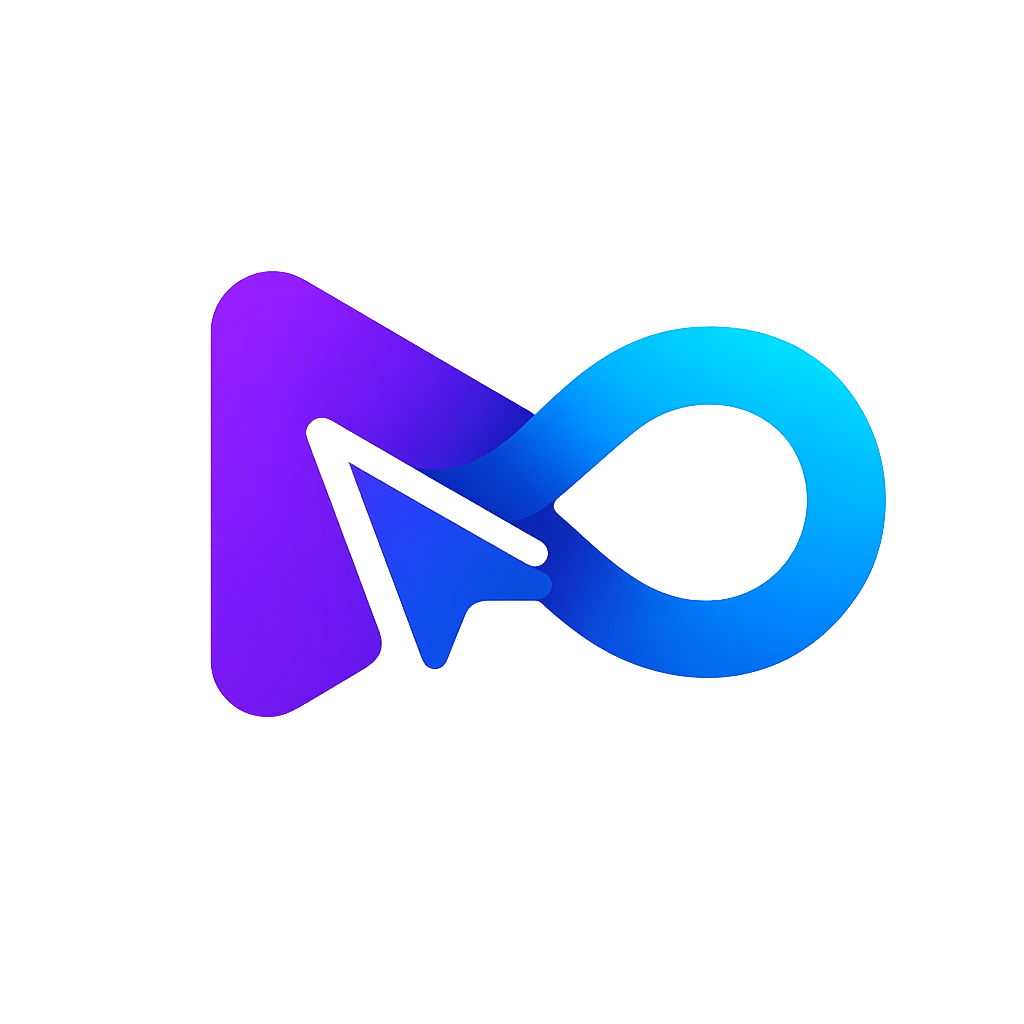AI Meeting Insights

What is yoya.ai?
YOYA.AI is an AI-driven platform designed for customer service automation, enhancing businesses with personalized customer interactions. It employs natural language processing to comprehend customer queries and seamlessly integrates with established customer service infrastructures. Furthermore, YOYA.AI offers Yodayo, a creative platform that generates AI-generated anime art, catering specifically to anime enthusiasts who seek to explore and share unique creations. For those interested in no-code generative AI applications, YOYA.AI also maintains a presence on YouTube, providing additional insights and demonstrations.
What is the technology behind the AI art generation of yoya.ai?
YOYA.AI harnesses advanced AI algorithms, including neural networks and generative adversarial networks (GANs), to craft captivating anime art. Neural networks emulate the human brain's structure, utilizing interconnected layers to process and analyze information. In the realm of AI art generation, they learn from extensive image datasets to generate new and distinctive artworks.
Generative Adversarial Networks (GANs) consist of two opposing neural networks: the discriminator, which assesses whether an image is authentic or synthetic, and the generator, which generates new images resembling those in its training set. As the discriminator improves its ability to distinguish real from fake images, the generator refines its technique to produce more realistic and original art. This competitive learning process within GANs yields highly realistic and unique AI-generated anime art.
In summary, YOYA.AI employs these advanced techniques synergistically to create anime art that pushes creative boundaries and captivates audiences.
How does yoya.ai ensure diversity in their generated anime characters?
Ensuring diversity in AI-generated anime characters is crucial for creating authentic and relatable experiences. YOYA.AI and other platforms address this by reflecting real-world diversity. This includes representing a variety of genders, ethnicities, ages, abilities, and cultural backgrounds, which enhances user engagement and promotes inclusivity.
To avoid biases and stereotypes, these platforms use diverse datasets in their AI algorithms. This approach helps mitigate biases that can perpetuate harmful patterns and ensures fair representation across different demographics. By doing so, they enhance the overall user experience, as users are more likely to engage with characters they can relate to.
Ethical considerations are also paramount. Exclusionary AI characters risk reinforcing discrimination and inequalities. Ethical AI design principles advocate for diversity and representation, aiming to create AI-generated content that is respectful and inclusive of all individuals and communities.
In summary, diverse AI characters play a significant role across various domains such as education, healthcare, customer service, and entertainment. They contribute to a more inclusive world by providing representations that resonate with a broad spectrum of users, thereby enriching the overall experience and fostering a sense of belonging.
What are the benefits of yoya.ai?
YOYA.AI offers several benefits that cater to both developers and business users:
Ease of Use: YOYA.AI simplifies AI development by enabling users to create chatbots and personalized AI models without needing to write code. This accessibility appeals to a wide range of users, from professional developers to business personnel, streamlining the app creation process.
Custom Chatbots: Users can swiftly develop custom chatbots tailored to their specific requirements. By linking a website URL and selecting relevant pages, YOYA.AI trains the chatbot using content from those pages and deploys it seamlessly across supported platforms.
Personalization: YOYA.AI facilitates the creation of personalized AI models. Users can import data from external sources to build applications that precisely meet their needs and adapt to evolving requirements.
Integration: YOYA.AI integrates smoothly with various platforms, including no-code environments, JavaScript, and APIs. This versatility ensures compatibility with existing systems and simplifies the integration process for enhanced functionality.
In summary, YOYA.AI empowers users by providing a user-friendly environment to efficiently develop next-generation AI-powered applications, facilitating innovation and customization across diverse business and development needs.
What are the limitations of yoya.ai?
While YOYA.AI offers valuable features for creating chatbots and personalized AI models, it's important to consider several limitations:
Complex Customization: While YOYA.AI simplifies chatbot creation, highly intricate customizations may require additional development beyond the platform's capabilities. Users seeking specialized chatbots may need to explore alternative solutions.
Training Data Quality: The effectiveness of AI models heavily depends on the quality of training data. Insufficient or biased data provided by users can lead to models that do not perform as expected, affecting the accuracy and reliability of outcomes.
Narrow Focus: YOYA.AI primarily focuses on chatbots and personalized AI models. Users looking for broader AI functionalities such as computer vision or advanced natural language understanding may find that YOYA.AI's offerings are limited in scope.
Integration Challenges: While YOYA.AI aims for seamless integration with various platforms, users may encounter challenges when integrating with specific systems or APIs. Compatibility issues during deployment could require additional troubleshooting and adaptation.
Resource Constraints: YOYA.AI operates on a freemium model with limitations on usage, including API calls, model complexity, and storage capacity. Users with high-demand requirements may need to consider upgrading to premium plans or exploring alternative services that better accommodate their needs.
In summary, while YOYA.AI provides powerful tools for AI development, users should carefully consider these factors when planning their AI projects to ensure they align with their customization needs, data quality expectations, and integration requirements.






























